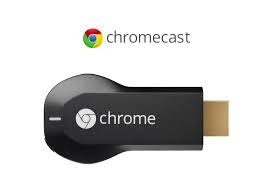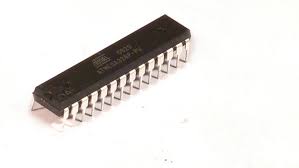Legacy computer home automation server
Using legacy systems to do home automation when an Arduino or Raspberry Pi may not be available. They can work just as well. Server is a Pentium III with Ubuntu and Apache2. Enabled CGI (common gateway interface). Wrote all my own scripts using html, bash, and compiled freebasic (controls the leds). Leds are connected to the parallel port via a home made adapter cable. Most of the code and interfaces are described in previous articles. Added the video to the home web page: Time to control real world object such as a coffeemaker. For more information: http://www.tldp.org/HOWTO/text/Coffee





